Chapter 9: Driver licence
9.1 Licences/Permits
Authorize the driving of different types of vehicles.
9.1.1 Category B Driving Licence
1. 2-wheeled and 3-wheeled mopeds, light quadricycles.
2. Automobiles up to 3500kg and 9 seats including the driver: Passenger cars, SUV, tricycles, quadricycles, lorries/trucks and motorhomes.
3. Special vehicles: Agricultural (any weight) and construction or services:
- If traveling 40km/h or less (any weight and up to 9 seats)
- If travelling more than 40km/h (up to 3500kg and 9 seats)
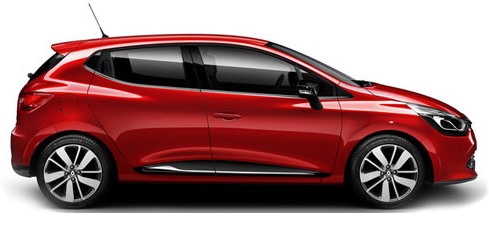
4. Vehicles with trailer:
- If the trailer is light (750kg or less), it may always be towed. Example: Truck 3500kg + trailer 750kg or less
- If the trailer is heavy (more than 750kg), the following two conditions must be met:
- Combined MAM does not exceed 3500kg
- The MAM of the trailer is equal to or less than the weight of the unloaded vehicle
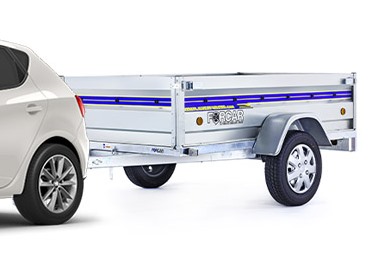
5. Motorcycles only up to 125cc if you have had Category B Driving Licence for more than 3 years. Only in national territory.
9.1.2 Category A1, A2, A Driving Licence
| Category A1 | Category A2 | Category A |
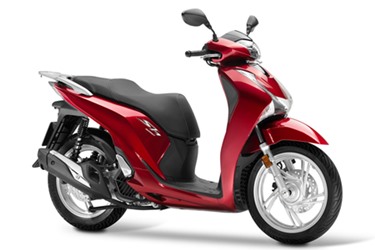 |
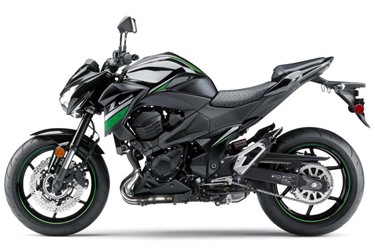 |
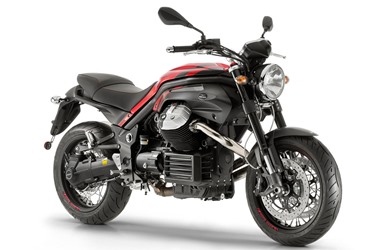 |
|
|
|
9.1.3 Category AM Driving Licence
Minimum age 15 years old (other countries have a minimum age of 16 years old).
Authorizes driving 2- or 3-wheel mopeds and light quadricycles.
May pull a trailer or semi-trailer where its maximum authorized mass does not exceed 50% of the unladen weight of the tractor unit.
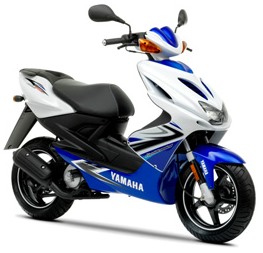
9.1.4 Driver’s licences
LCM Licence: Authorization to drive vehicles for people with reduced mobility. Can be obtained beginning at age 14, but to carry a passenger you must be 16. It is co-validated upon obtaining Category A1 or B Driving Licence.
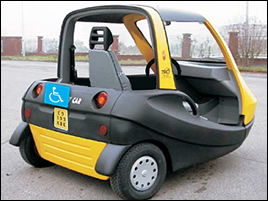
LVA Licence: Authorization to drive special self-propelled agricultural vehicles or their attachments. For example, a tractor with trailer. The mass of the latter must not exceed 3500 kg, there must be less than five passengers including the driver and it must not exceed 45km/h. As in the previous case, it is automatically co-validated upon obtaining B Driving Licence.
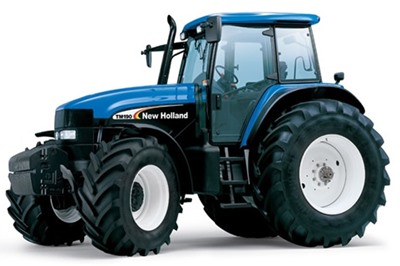
9.2 Newly licenced drivers
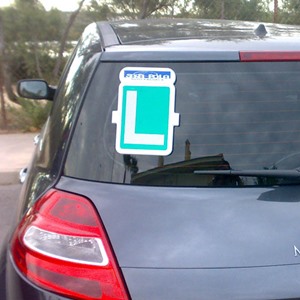
Each driver will only be considered novice in the first year of obtaining their first licence.
Newly licenced drivers:
- Speed equal to other drivers
- Must have an L sign placed behind on the left side
During the 2 years after obtaining the first licence, you must respect the novice drivers’ alcohol limits: Breath 0.15 mg/L or blood 0.3 g/L.
9.3 Licence renewal
Driver’s licences are renewed:
- Every 10 years up to age 65
- Every 5 years beginning at age 65
An expired driver’s licence does not authorize the holder to drive.
9.4 Driving licence points
8 points
- After obtaining a driving licence
- Can be lost at most in one day (except for very serious infractions)
- Can be recovered at most in a full recovery course (24h)
4 points
- Can be recovered in a partial recovery course (12h)
9.5 Vehicle documentation
You must carry: national identity document, current driver’s licence, technical inspection card (MOT), the registration certificate and optionally the proof of insurance.
If towing a trailer or semitrailer (in addition to the above), you must carry its registration certificate and the technical inspection card.
Photocopies are valid provided they are collated (checked and sealed) by the directorate of traffic.
You must notify the directorate of traffic within 15 days if you change your address, and within 10 days if you sell a vehicle (indicating who the buyer is).
9.5.1 Driver’s licence
Mandatory for automobiles and trailers over 750kg.
Contains the following information:
- Details of the owner
- Vehicle details: registration, registration date, MAM, number of seats, etc.
To know when you will have to pass the first ITV/MOT, look at the date of registration. The next inspection will be noted on the MOT card.
9.5.2 Technical inspection card (ITV card or MOT card)
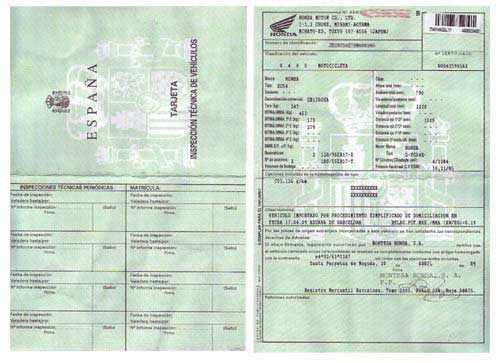
Mandatory for automobiles, trailers and mopeds.
Includes technical details of the vehicle: laden weight, tare, MAM, width, etc.
The date of the next ITV/MOT is noted on it. The date of the first inspection should be consulted on the registration certificate (logical as you do not yet have the ITV/MOT card).
It also lets you know if the vehicle can tow a trailer.
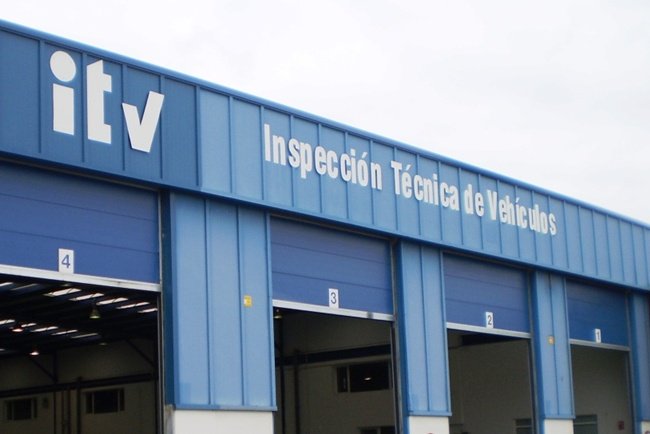
When undergoing the ITV/MOT, there are three possible results:
- Favourable
- Unfavourable: You must take your vehicle to a workshop
- Negative: the vehicle must be towed to a workshop
Age of a passenger car = the first registration of the vehicle
Frequency of inspections
| EXEMPT (does not have to be inspected) |
BIENNIAL (every 2 years) |
ANNUAL (every year) |
SEMIANNUAL (every 6 months) |
|
| Passenger cars | First 4 years | From 4 to 10 years | More than 10 years | |
| Motorcycles, tricycles and quadricycles | First 4 years | More than 4 years | ||
| Trucks and mixed vehicles | First 2 years | From 2 to 6 years | From 6 to 10 years | More than 10 years |
| 2-wheeled mopeds | First 3 years | More than 3 years |
9.5.3 Compulsory insurance
Driving without insurance is subject to fines, immobilization and impounding.
Mandatory for automobiles and mopeds. Trailers only if their MAM is over 750kg.
The insurance covers bodily injuries and damage:
- Bodily injury covers EVERYONE except the driver at fault for the accident
- Damage covers all except: the at-fault vehicle, the driver’s property, policyholder, owner of the vehicle or relatives.
| Summary table of compulsory insurance coverage for the at-fault driver | |||
| DAMAGES | DRIVER | POLICYHOLDER | OTHER people |
| BODILY INJURY | NO | YES | YES |
| PROPERTY | NO | NO | YES |
Compulsory insurance does not cover in case of theft.
9.5.4 Responsibilities
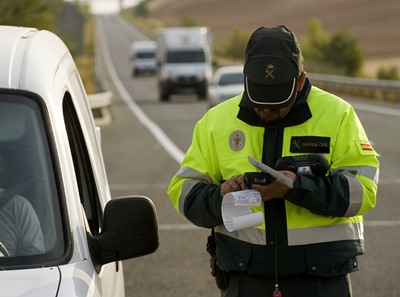
A driver is responsible for infractions violating traffic rules.
The owner will be responsible for infractions violating vehicle maintenance (ITV/MOT, insurance).
The penalty for not wearing a seatbelt is for the person not wearing it.
The penalties for not wearing a helmet are for the driver.




